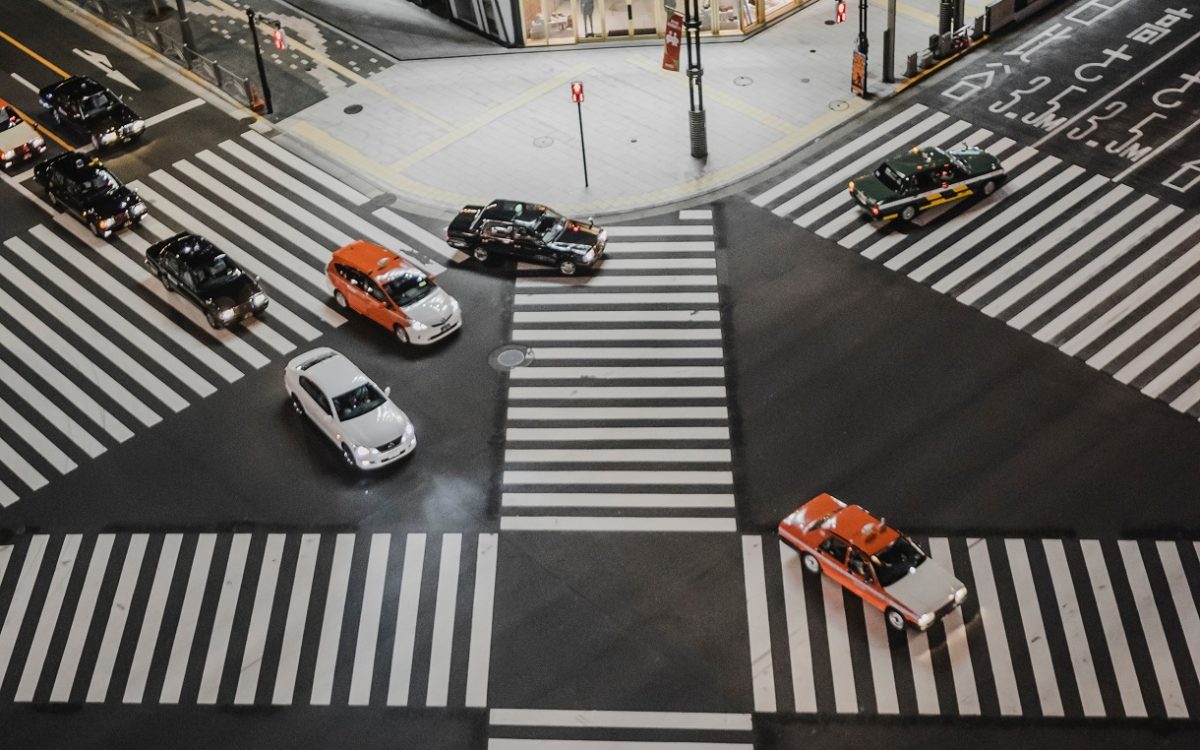This is a preliminary decision over the definition of “accident” in the SABS. The claimant was swapping his winter tires to his summer tires when he injured his back. The claimant took the position that this was an “accident” because seasonally changing tires constituted the normal use and operation of a motor vehicle. Adjudicator Flude concluded that changing tires was not an “accident” and the claimant was not entitled to accident benefits. The parties submitted extensive case law from various jurisdictions dating back to 1975. Adjudicator Flude focused on Ontario jurisprudence and the definition of “accident” as per the 1996 amendments to the SABS. Adjudicator Flude held that as the claimant had disabled the vehicle to change the tires so that it was no longer operative (its wheels were off), and that this action did not meet the purpose or causation test to meet the definition of accident. Adjudicator Flude held that the claimant’s position that he had an “expectation of having insurance coverage while performing maintenance” was not reasonable.





